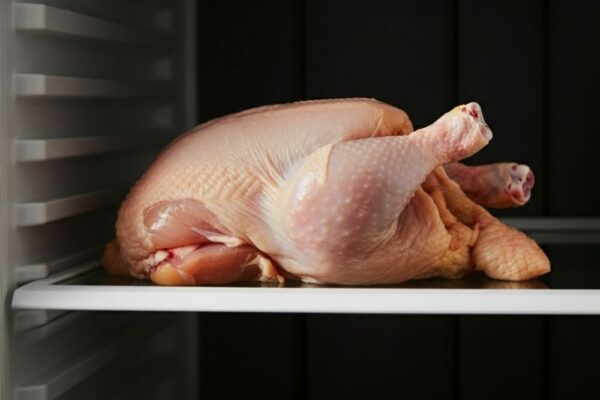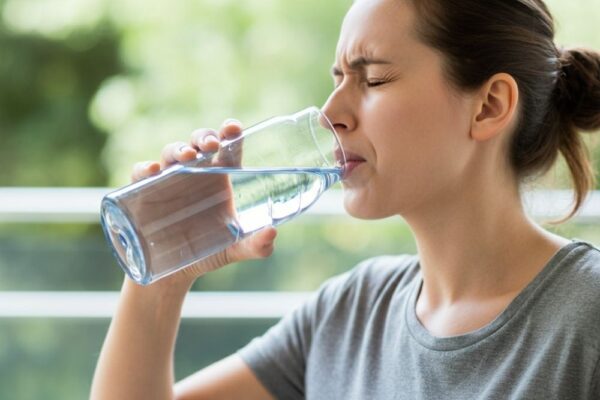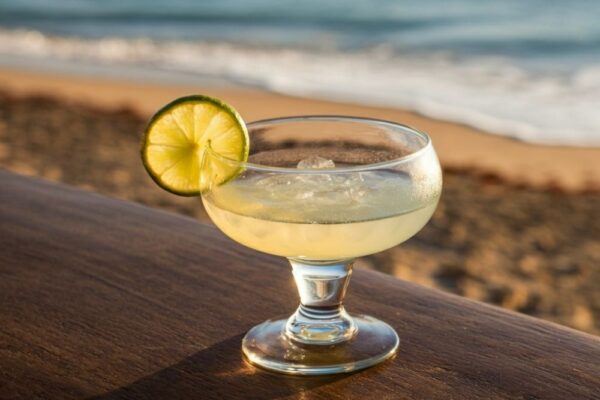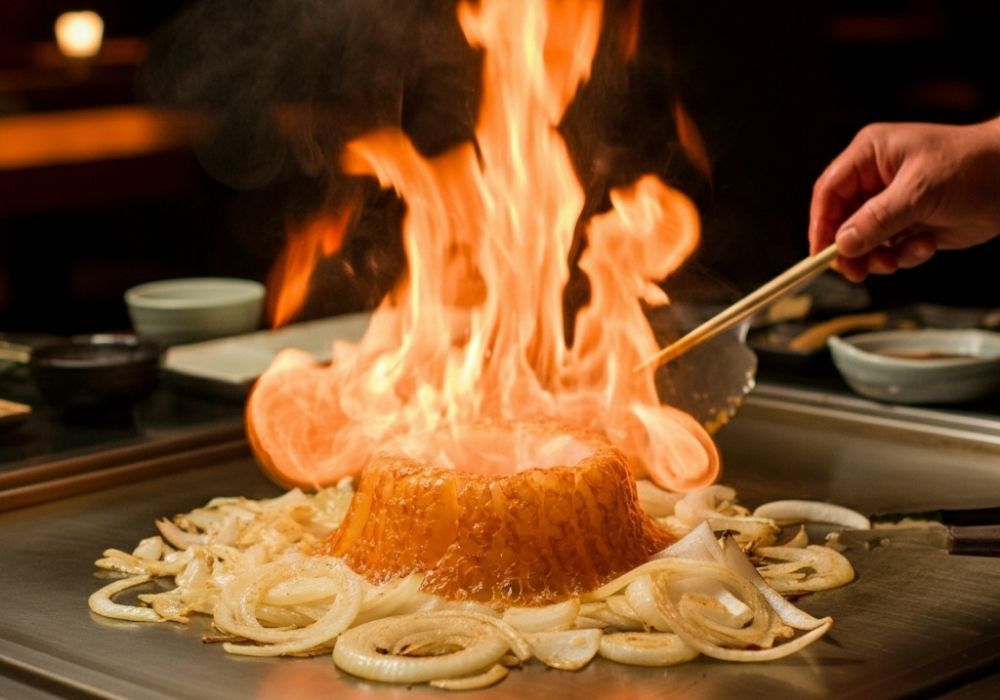
How to Make Food in Infinite Craft
Infinite Craft is a game that combines creativity, adventure, and survival—all set within a boundless virtual world of blocks. Whether you’re a beginner in this sandbox for the first time or an experienced player seeking to fine-tune your crafting skills, food is a critical gameplay component. Without it, your character’s health will dwindle, slowing exploration,…


















